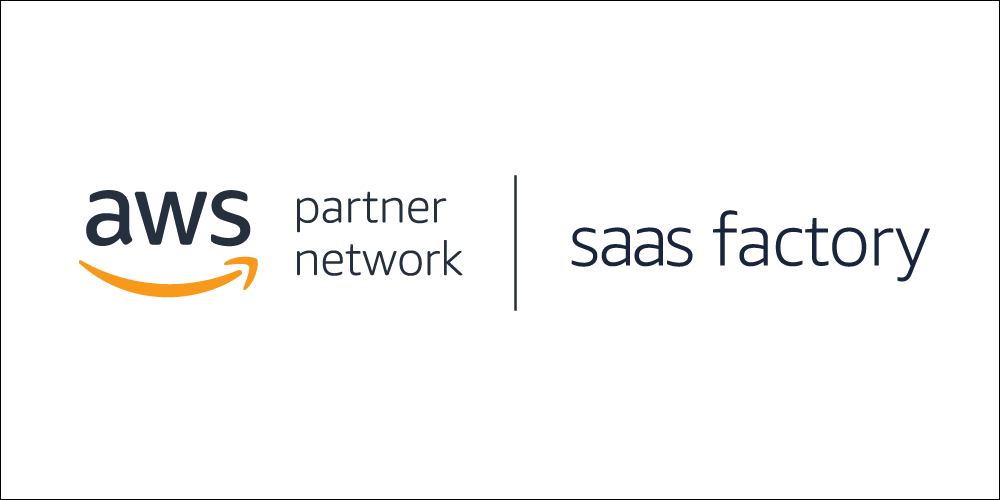AWS Partner Network (APN) Blog
Category: SaaS
Explore SaaS Tenant Isolation Strategies in New SaaS Whitepaper
Tenant isolation is fundamental to the design and development of SaaS systems, enabling providers to reassure customers their resources cannot be accessed by other tenants. While the importance of isolation is well understood, the strategies for realizing a robust isolation model vary significantly. Learn how our new SaaS Tenant Isolation Strategies whitepaper assembles a collection of best practices and considerations that often shape your approach to implementing isolation in a SaaS environment.
Isolating SaaS Tenants with Dynamically Generated IAM Policies
Many SaaS organizations leverage AWS Identity and Access Management (IAM) to define a series of policies and roles that can be used to ensure tenants are not allowed to cross tenant boundaries when accessing resources. To make this work, you have to create separate policies for each tenant which can create an explosion of tenant policies that push the account limits of IAM. Learn how dynamic policy generation creates a more scalable and manageable isolation experience.
CloudZero Simplifies Kubernetes Cost Tracking with Support of AWS SaaS Factory
With the support of AWS SaaS Factory, CloudZero launched a new capability for companies with investments in containerized workloads orchestrated with Kubernetes in the AWS environment. With this new capability, software providers can understand the exact container costs breakdown and how they roll up to products, features, and teams along with their other AWS services. Hear from Tim Buntel, Chief Product Officer at CloudZero, who shares some insights about their recent launch.
Onboarding and Managing Agents in a SaaS Solution
SaaS products frequently use agents to gather data, execute actions, communicate with remote components, and run other product-related tasks in remote environments. These agents can be deployed in multiple forms and for multiple purposes. If you manage multi-tenant SaaS environments and use agents, you face some unique challenges. Implementing such a solution requires adequate design. This post focuses on the deployment and management of agents in a SaaS environment.
Partitioning Pooled Multi-Tenant SaaS Data with Amazon DynamoDB
As you design, develop, and build SaaS solutions on AWS, you must think about how you want to partition the data that belongs to each of your customers (tenants). In this post, experts from AWS SaaS Factory focus on what it means to implement the pooled model with Amazon DynamoDB. We’ll outline basic strategies to partition and isolate data by tenant, and illustrate common techniques you can use to avoid the “hot” partition problem that’s often associated with partitioning tenant data in a pooled model.
ADP Transforms its Human Capital Management Technology with Support of AWS SaaS Factory
The AWS SaaS Factory team recently worked with Automatic Data Processing (ADP) to help build its next gen HCM solution as a SaaS offering on AWS. ADP leveraged AWS services for its next gen human capital management (HCM) and payroll platform that helps organizations create highly personalized work and pay experiences. ADP chose AWS as the cloud platform for their HCM system for its security, capability, and innovation.
Architecting Successful SaaS: Understanding Cloud-Based Software-as-a-Service Models
As the old saying goes, “You never get a second chance to make a first impression.” Customer trust is hard-earned and easily lost. Properly architecting a scalable and secure SaaS-based product is just as important as feature development and sales. No one wants to fail on Day 1— you worked too hard to get there. Get a comprehensive introduction to the common ways in which customers consume cloud-based SaaS models, and explore the different ways in which ISVs sell their software products to customers.
AWS SaaS Competency Partners Assist Customers with Designing and Building SaaS Solutions on AWS
The AWS SaaS Competency helps customers find top APN Consulting Partners with deep specialization and experience in designing and building SaaS solutions on AWS. Our Competency Partners follow AWS best practices for designing and building SaaS solutions through their professional services practices. To qualify for the AWS Competency designation, organizations have undergone rigorous technical validation by AWS Partner Solutions Architects and demonstrated proven customer success.
WireWheel Leverages AWS SaaS Factory to Help Companies Solve Data Privacy Management
For SaaS companies responsible for data collection and processing on behalf of multiple organizations, privacy is a core requirement and a competitive differentiator. Knowing the answers to these questions is critical to meeting data management, security, and privacy requirements. WireWheel is a group of privacy experts, data scientists, and business leaders that have set out to help companies meet this challenge.
F5 Launches First SaaS Service Exclusively on AWS with Support of AWS SaaS Factory
F5 Cloud Services is a set of enterprise-grade application delivery and security SaaS services that are optimized for cloud-native applications and microservice environments. The AWS SaaS Factory team sat down with Craig Kitterman, Sr. Director of Product Management at F5 Cloud Services, and Yaniv Shemesh, Chief Architect at F5 Cloud Services, to learn about what they’re launching and how it benefits customers.








